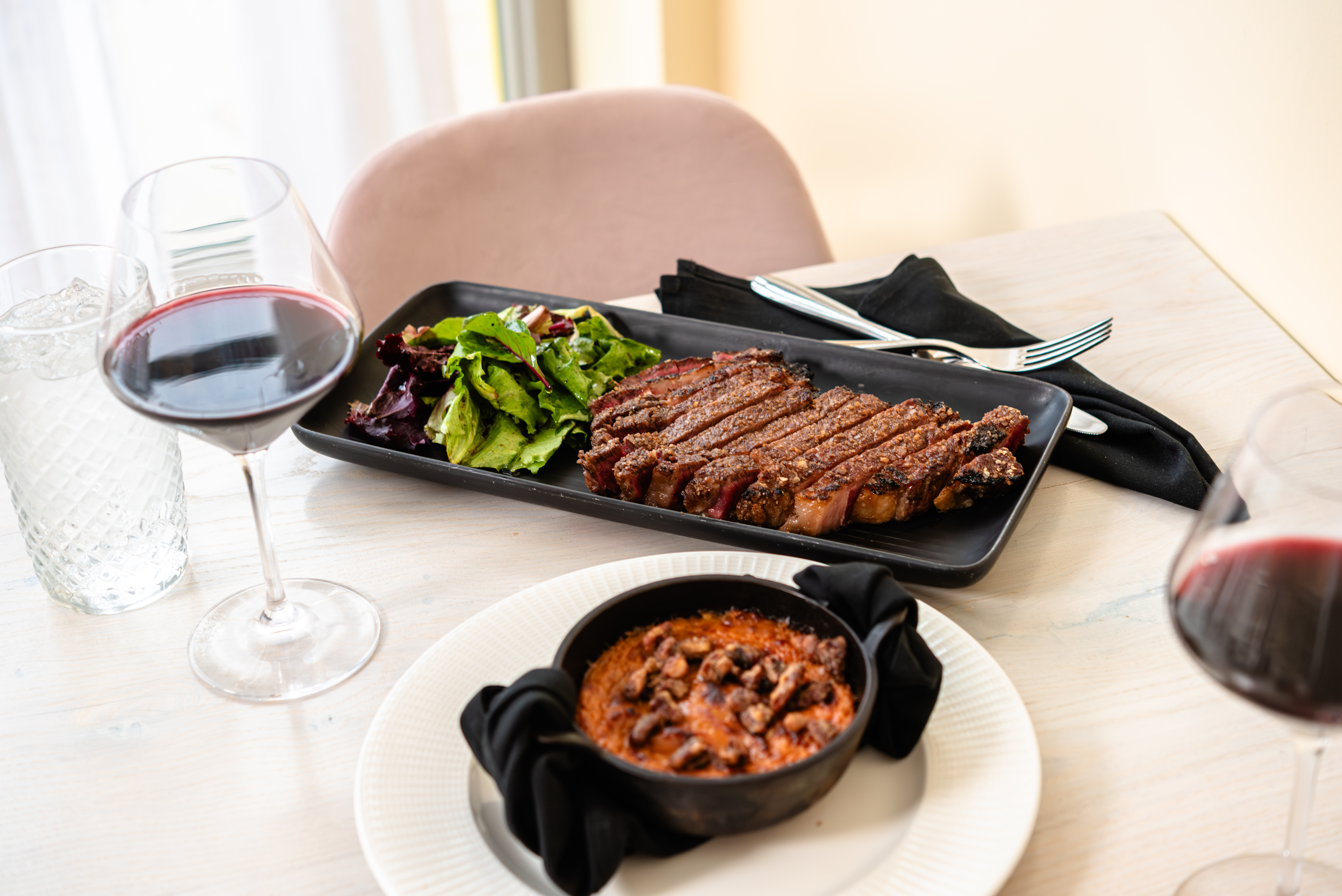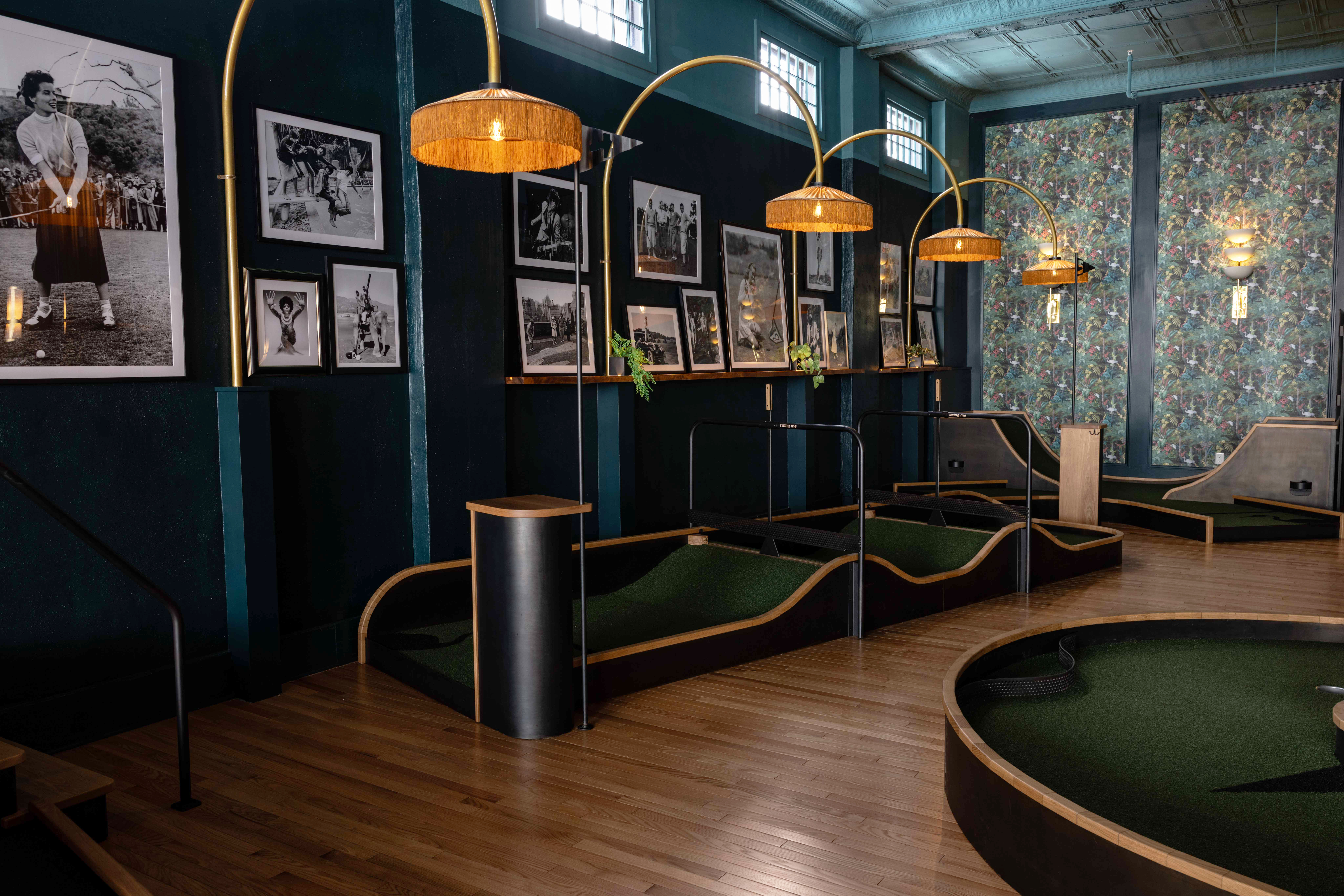The Final Out
Apr. 23, 2008 | 4:00 AM
In a few hours, the Indians will be gone, too. And, with them, my final tether to Cleveland, the only place I’ve ever lived that felt like home.
It’s a perfect spring morning. I put down the top of my car and head to the ballpark.
I speed-dial my son, who lived in Cleveland for 11 years after I did but who’s gone now, too — a freshman in college. He was the next-to-last tether, and the best one. He’d come with me to Winter Haven a few times. He answers. He’s in a hurry. He’s about to take a test. He says he’ll call me back.
Chain of Lakes Park is as much an Old Florida dinosaur as a crumbling hazard at an abandoned miniature golf course.
It evokes snake handling and gator rasslin’. (Lake Lulu, behind the ballpark, is teeming with alligators and snakes, a few of which, every spring, slither their way into the locker rooms, weight rooms, stands, press box, restrooms — you name it. Fun!) It evokes your grandparents’ post-war, hitch-up-the-trailer-and-winter-there Florida, cheaply made out of concrete and of riveted-together sheets of steel and aluminum, all painted in unshy primary colors. The Chief Wahoo symbol painted on the nearby water tower wasn’t added until after the Indians began training here in 1993, but it looks like it’s always been there, as oblivious to good taste and modern America as, say, the Southern Belles at Cypress Gardens, right here in town. Or the Weeki Wachee mermaids, a couple hours to the west. Like those roadside attractions, Chain of Lakes Park is Dogpatch in a Walt Disney World. It is dying. Outside the ghettos of kitsch and nostalgia, it is unloved.
This place looks exactly the way it did when the Indians first came here, out of desperation, when Hurricane Andrew leveled their brand-new facility in Homestead and the team had nowhere else to go. The city of Winter Haven claims to be losing half a million bucks a year in the bargain. The relationship between the city and team has always been as frosty as the delicious milkshakes at Andy’s Igloo down the road.
The Indians in Winter Haven were like a houseguest who came to crash on a friend-of-a-friend’s sofa for a couple weeks but then ends up cooking and cleaning and doing a bang-up job building a deck. He pays rent and baby-sits the kids, who start to call him Uncle Wahoo. What gnaws at the houseguest, though, is the friend’s lack of gratitude. And what eats at the friend is why this guy won’t just leave.
All morning, I walk around trying to find someone who feels devastated about the Indians’ impending move. I want to find people who retired here from Cleveland and, like me, are losing their tie to home. I want to find angry locals. I’d have settled for weeping children. But I fail.
“We’re not happy about it,” says Leslie Mamrosh, the waitress who serves me breakfast. She’s lived in Winter Haven for two years. She looks about as heartbroken as someone whose $2 lotto ticket didn’t pay off. “We’ll miss ’em.”
J.J. the Beer Man, a big 20-something kid who’s all smiles all the time, proclaims himself “very sad.” I’d call him wistful, at worst. “I’ll miss the fans,” J.J. says. “I’ll miss the players. Most of all I’ll miss the pretty girls.”
I soon realize what I should have already understood. It’s Florida. There are no locals here. Leslie, J.J., the guys hosing down the practice fields, the Winter Haven cops on security detail, various geriatric ushers, Wayne the Organist: None of them have been here longer than the Indians have.
There are a handful of lifers in and around the team itself — team officials, beat writers, coaches — and no doubt a few others in the stands, like me, who’ve been coming here since ’93. Who remember that first, grim spring here, when a boat accident on Little Lake Nellie killed two players and almost a third. Who saw, over the next couple years, how that horrible day became a part of the spirit of one of the best teams in baseball: the tipping point between the Indians who were perpetually “rebuilding” to the Indians who became one of the sport’s model franchises. For the lifers, leaving here will be bittersweet. But, to a person, they’re looking forward to next spring in the plush new digs out in Arizona.
I am not.
It’s been 11 years since, like thousands before me, I left Cleveland for a better job in Florida. During that time, though, I used any and every excuse to come back to Cleveland so I could see my son. And, year after year, I drove down here to see an Indians game or three. I won’t be driving to Arizona. I won’t be going there every year.
As Bob Feller throws out the last first pitch in Winter Haven, my son calls back. “I wish you were here,” I say.
“Me, too,” he says. “Hey, bring me something.”
“Sold out,” I say. “The souvenir stands have been out of spring training stuff for a week now.”
The Indians are playing the Tampa Bay Rays, the closest big league team to where I live, an expansion franchise that held its first spring training the first spring I lived in Florida. The Rays’ first-ever game was an exhibition against my current employer, Florida State University.
Today, the Rays’ first hitter, Akinori Iwamura, slams Cliff Lee’s first pitch over the center field fence, to the foot of a light pole atop which ospreys are building a nest. By the third, they’re down 4-0.
The Rays pitcher is Andy Sonnanstine, a lifelong Indians fan, a kid from Barberton, Ohio, who is about to begin his first full season in the majors. The Indians use only three regulars and Sonnanstine breezes through the lineup for four innings, until the scrubs rally and a guy ticketed for a seat on the bench in Buffalo hits a grand slam to tie the game.
Soon, the starters are pulled. Travis Hafner throws his jersey into the bleachers and disappears. The field floods with players even a baseball geek like me has to look up in the media guide. Several aren’t even inthe media guide.
The game, like Cleveland’s time in Winter Haven, goes on longer than expected. The Rays win in extra innings, 9-7.
After the game, senior citizens are invited to “stroll the bases” and then receive a coupon for an early-bird special. Soon, this becomes an orderly procession of fans of all ages, circling the infield, posing on the Indians logo behind home plate. The assistant manager of the restaurant hands out coupons to one and all. Bored cops keep checking their watches.
I stay in the stands long enough that everyone leaves but the cleaning crew. I look out at the field and drink a cold beer I smuggled in.
The ballpark will soon be leveled. On Page One of this morning’s local paper is an artist’s rendering of the tax-abated mixed-use development that’s planned for this site.
As I get up to leave, a red-faced man staggers into the section next to me and tells the cleaning crew not to remove the picture that’s taped to a seat on the aisle. The man, Ron, has clearly been both drinking and crying. The picture shows him next to his father in that very seat. His dad’s season ticket, for more than 30 years. The father died last year. The man’s girlfriend printed out the picture on her computer. “There she is,” Ron tells me, waving toward the condos beyond right field. A woman stands on her toes and waves back.
I tell him he was lucky, having something like that with his father.
Ron nods and sits down heavily in the seat. For a while yet, the picture will stay as it is.
On my way out, I see a Ziploc bag. I dump out a few peanut shells and climb over the rail, out onto the empty field, to the pitcher’s mound. I fill the bag with dirt and slip it into my pocket.
As I head for my car, I call my son. “Guess what?” I say. “I got you something.”
Trending
-
1
-
2
-
3
-
4
-
5










